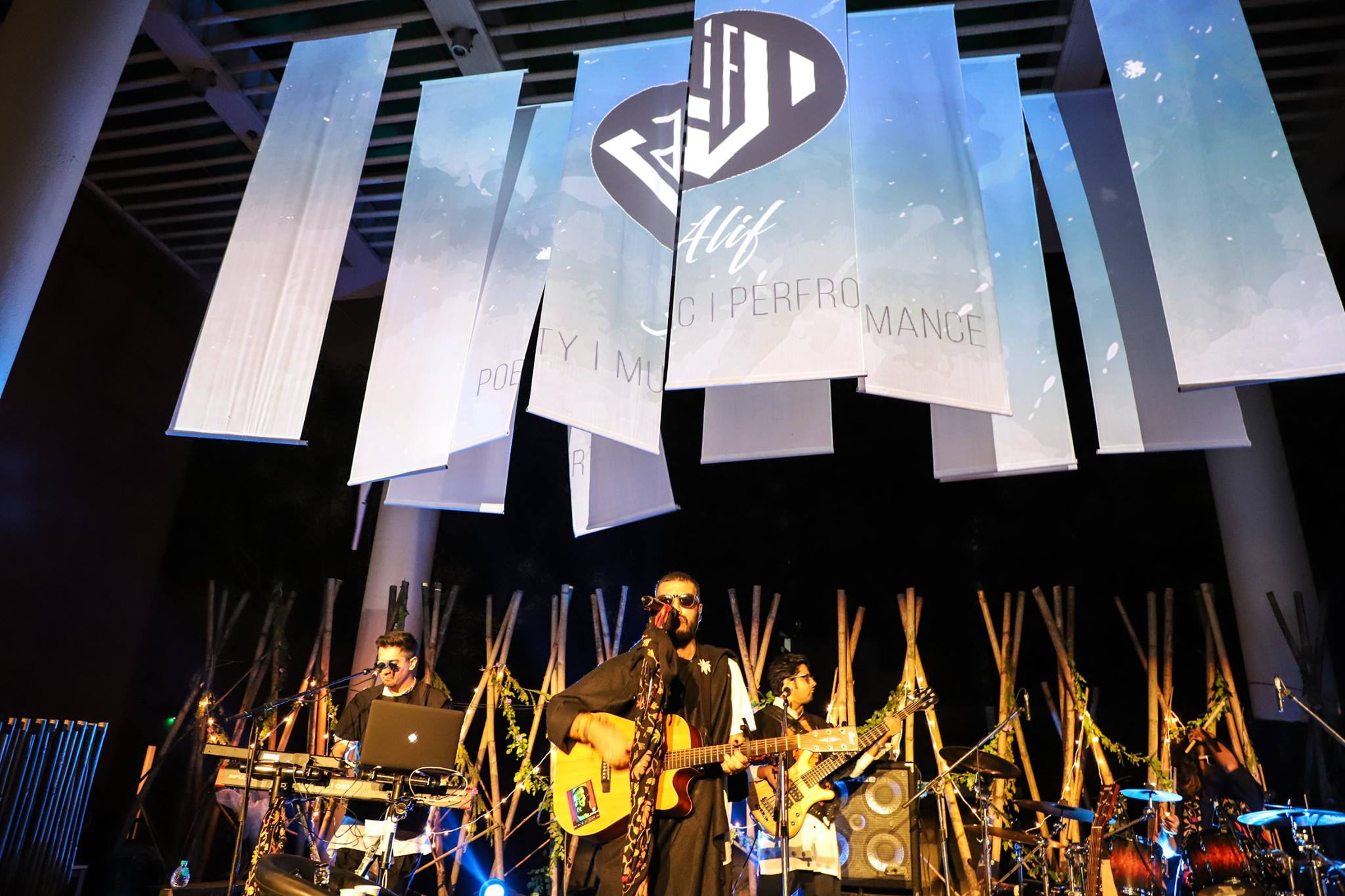



The Memory Project
Concept
The Memory Project is collection of stories about love and loss. What began as a digital campaign with documentary-style videos then culminated into an on-ground event in late April. The event served as a safe space where people could celebrate lives that have passed on, lives they had the privilege of knowing. It was about bringing memories into a physical space and giving a platform to stories through art, music and poetry that explored the nuanced, intimate and seldom spoken about emotions associated with death.
The first edition of The Memory Project in Mumbai was a home of memories, a collection of objects, a reflection on what people leave behind of themselves in the objects that outlive them.
At the second edition in Delhi, we took it one step forward, in scale and in depth. It was about what they leave behind in us. Inanimate, metaphorical, emotional heirlooms that carry on in their memory. Every interaction we have with people, is an exchange. It was an homage to those who have passed away. In the traits, the traditions, and the values they’ve left behind in us and the mark they have left on the world.


strategy
Our strategy was to create a pensive and safe space for people to reflect, share, and explore the seldom spoken about emotions associated with death. At both the editions, this was brought together through various elements, activities, installations, music, spoken word poetry, dance and a visual play of the written word and old-photographs that were crowd sourced from our online platforms. This had our audience interact with the theme even before they arrived to the on-ground event. For the second edition especially, we produced an intimate musical programming to capture the essence of the theme and represent stories with an immersive audio visual experience.
We deployed extremely high quality projectors and softwares to achieve this. The programming at both editions was designed so that attendees would have an activity to engage with or moments of reflection at all times, with every space having something to offer. Additionally, both the events, we had locked in artists which were a mindfully selected set of artists that were not only thematically aligned to our programming but are also well-known names that will add value to the event.
Execution
We held the event at G5A in Mumbai which we deemed perfect for an interdisciplinary art event like this one. G5A was able to host various activities and performances simultaneously on the terrace, the study and the black box theater. Vines, greenery, old photographs and notes lined the walls of the already aesthetically designed venue. We had also commissioned 4 artists that put together various art installations around the theme of nostalgia and loss. The event had a musical programming that included Alif, Sanaya, Maalvika Manoj and Rohan Mazumdar. There were spoken word poets and a contemporary dance performance by Barbie Rajput. An open mic and story-telling session around the theme of loss was simultaneously taking place at the terrace. The black box was a space that itself was backdropped with an A/V installation made from archival photographs and found sound.
For the Delhi edition, we chose Charbagh at the British Council as the perfect venue for an event like this one. The orangish red brick floors and architecture fills you with a wave of nostalgia. The decor was focused on more organic and natural elements like bamboos, tealights and greens for a homely, nostalgic vibe. We had two stages. One in the center of Charbagh, that provided a 360 view of the audience where Vibhusha Gupta, a contemporary dance performer opened the show, and spoken word performances and story-telling took place. The main stage saw the bigger music performances by Ankur Tewari, Dhruv Vishvanath, Alif & Kaavya Trehan that went along with a visual programming contributing to the immersive nature of the event. We had a ‘living room’ installation that added an airy feel of nostalgia and longing. We also screened the documentaries from the first and second edition of the event along with Mohit Modi’s short film, Sandhya. The food served at the event was reminiscent of Delhi-street food.
At both the editions, we had activities like the memory tree which was an installation where people could come and write little note cards for people to write a note in memory of someone who has passed and a letter writing area that provided a peaceful space for people to write, reflect and contemplate over a loved one lost.